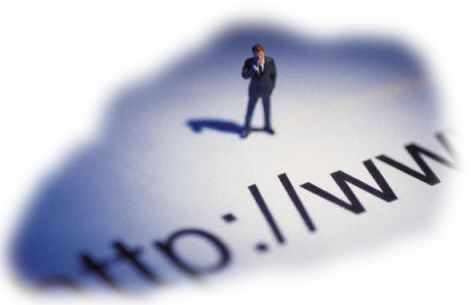Did you know that every time you browse the web, you could be compromising your private and sensitive personal information? It doesn’t matter if you are all alone in a room, using your browser’s “private” mode, or clearing your browsing history every ten minutes. Your operating system is watching your every move and recording all of it, and if you think this data is secure, think again. Fortunately, there are measures you can take to fortify your online security. Here’s what you need to know about browsing the web without leaving a trail:

Wipe out your DNS Entry Cache.
Any time you visit a website, your DNS server must request the site’s IP address to allow you to view it. This IP address is stored in your operating system’s cache for quick and easy recall, should you need to pull it up again during your browsing session. This convenient technology can equate to a storage bank of all the IP addresses you have visited during your browsing session. If you don’t want people with access to your computer knowing what you’ve been doing on the web, then you need to wipe out your DNS entry cache. Do this simply by typing “ipconfig /flushdns” into the command prompt.
Clear out your Flash Cookies.
These tiny morsels, called “shared objects,” are the Internet’s way of tracking exactly what you look at on websites. You can find them in your computer’s %appdata%MacromediaFlash Player#SharedObjects directory. Clearing them from the directory is a snap, but if you want to prevent your computer from storing them in the future, you will have to disable local shared objects in your Adobe Flash Player application. Head to the Website Storage Settings Panel to customize you shared objects storage settings to your specifications.
Run CCleaner.
This handy and easy to use app will clean everything about your browsing session with just the click of a button (or you can set it up to run automatically, at time intervals of your choosing). Simply download it for free from piriform.com, navigate your way through the install and set up in order to customize your user experience, and run it any time you need to in order to get rid of every little trace of your web activity that might be stored in your operating system.
There’s no denying that your privacy may be compromised any and every time you access the Internet. However, that doesn’t mean you can’t empower yourself to keep your personal information out of the hands of others or to employ secure web browsing techniques. Follow these steps toward private web browsing to set your mind at ease. Happy surfing!
